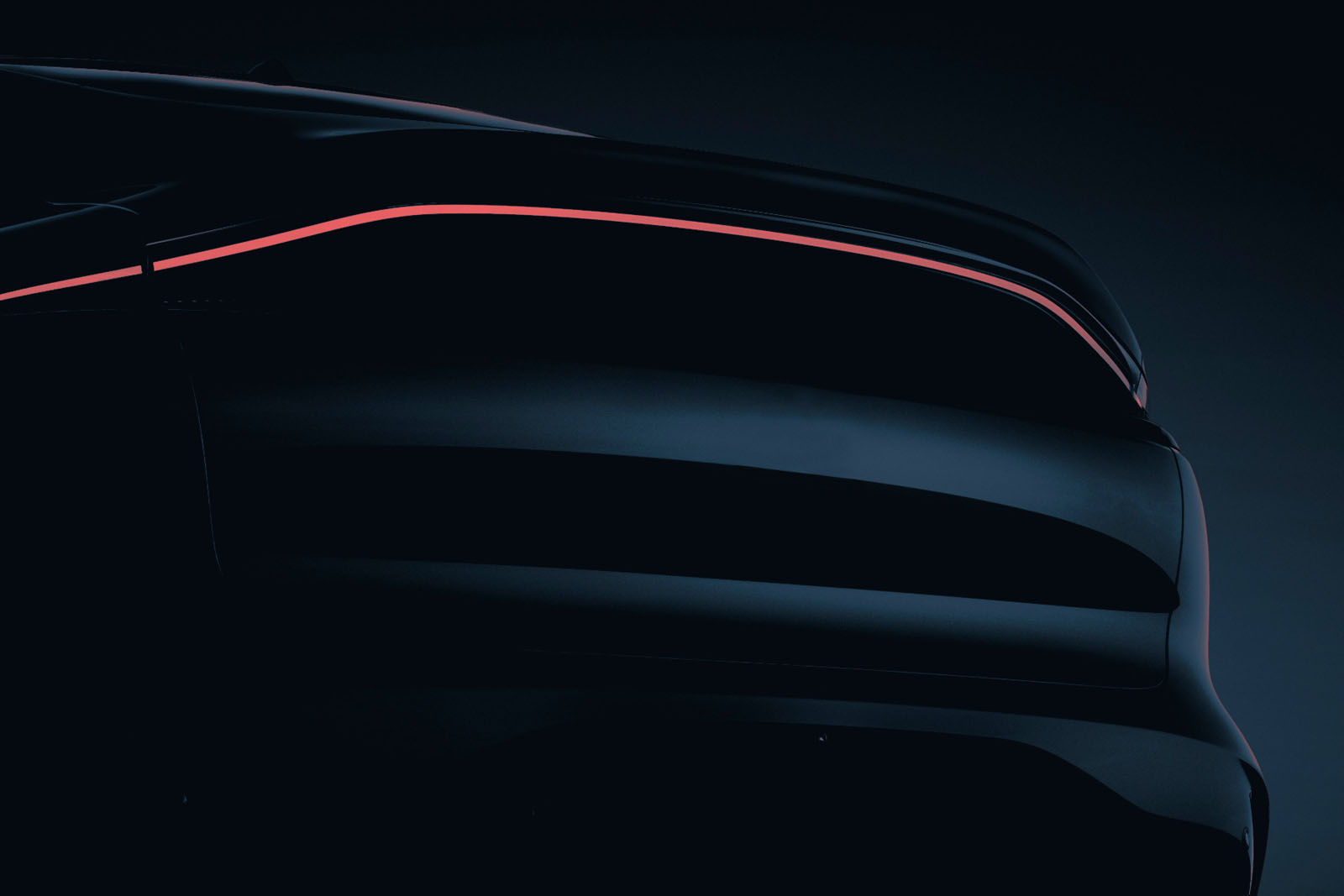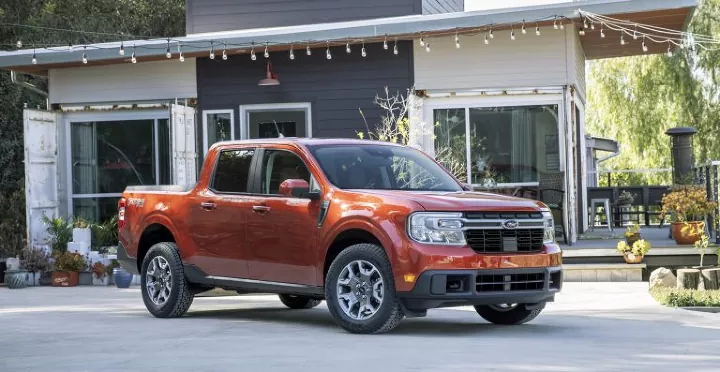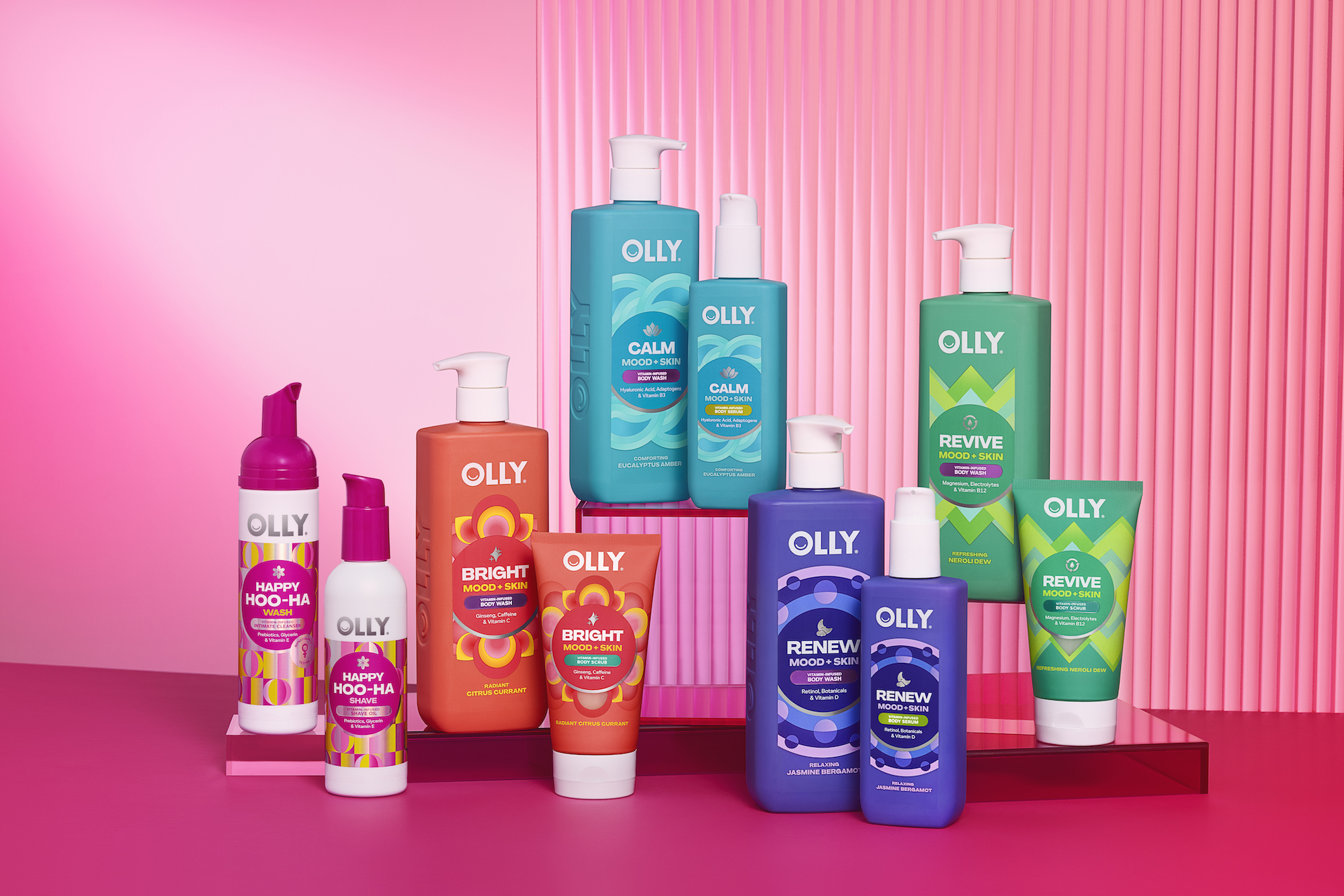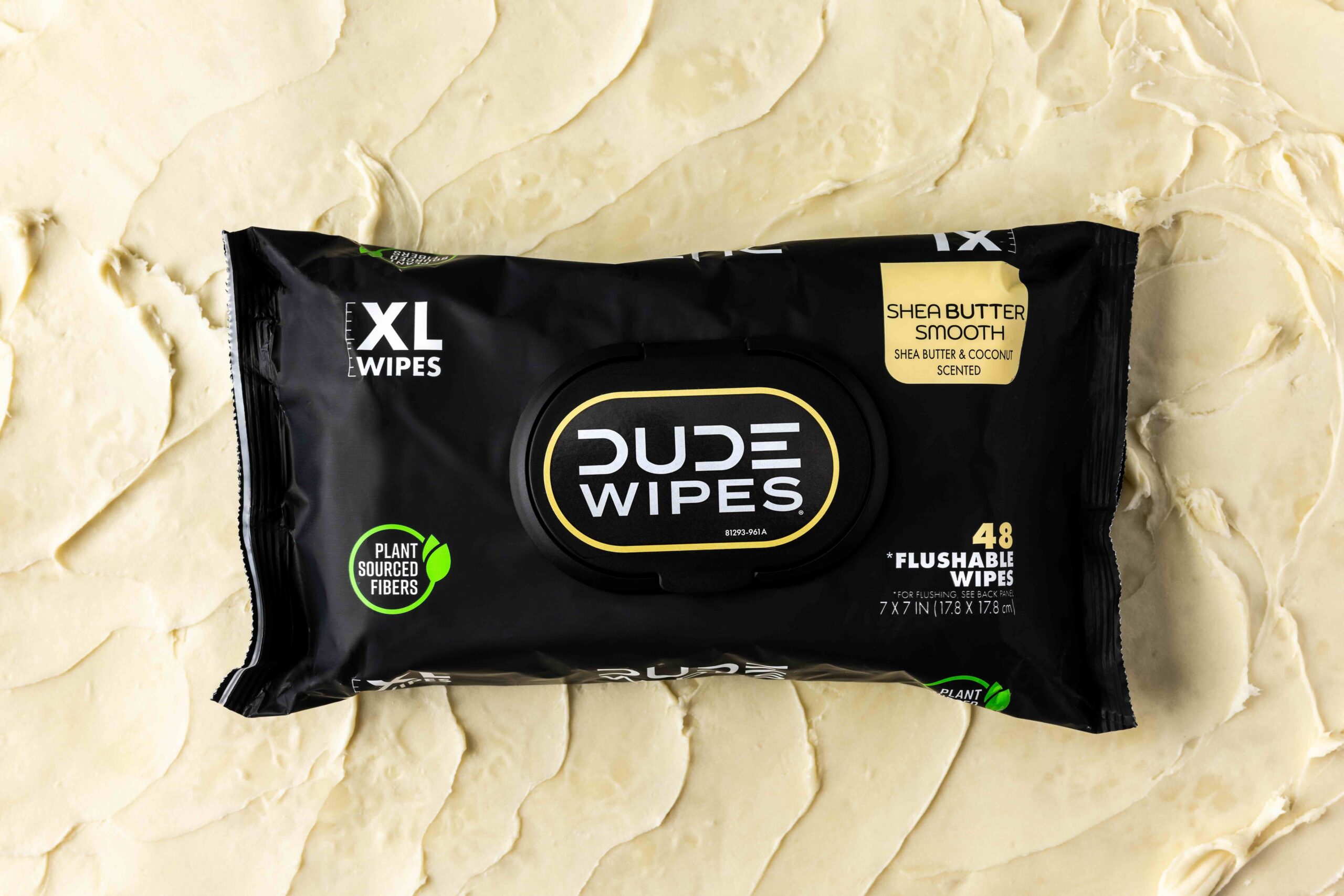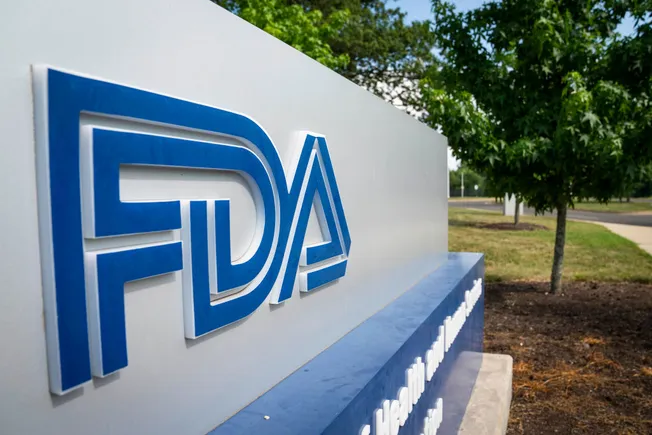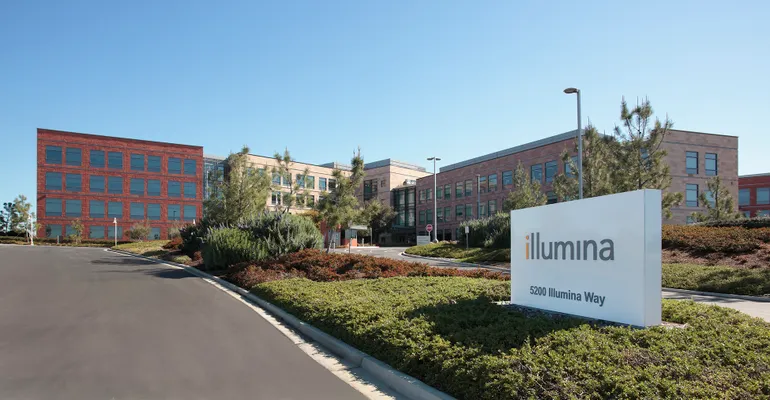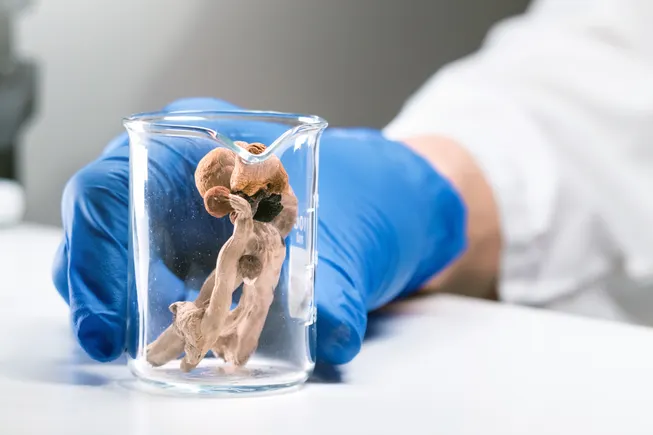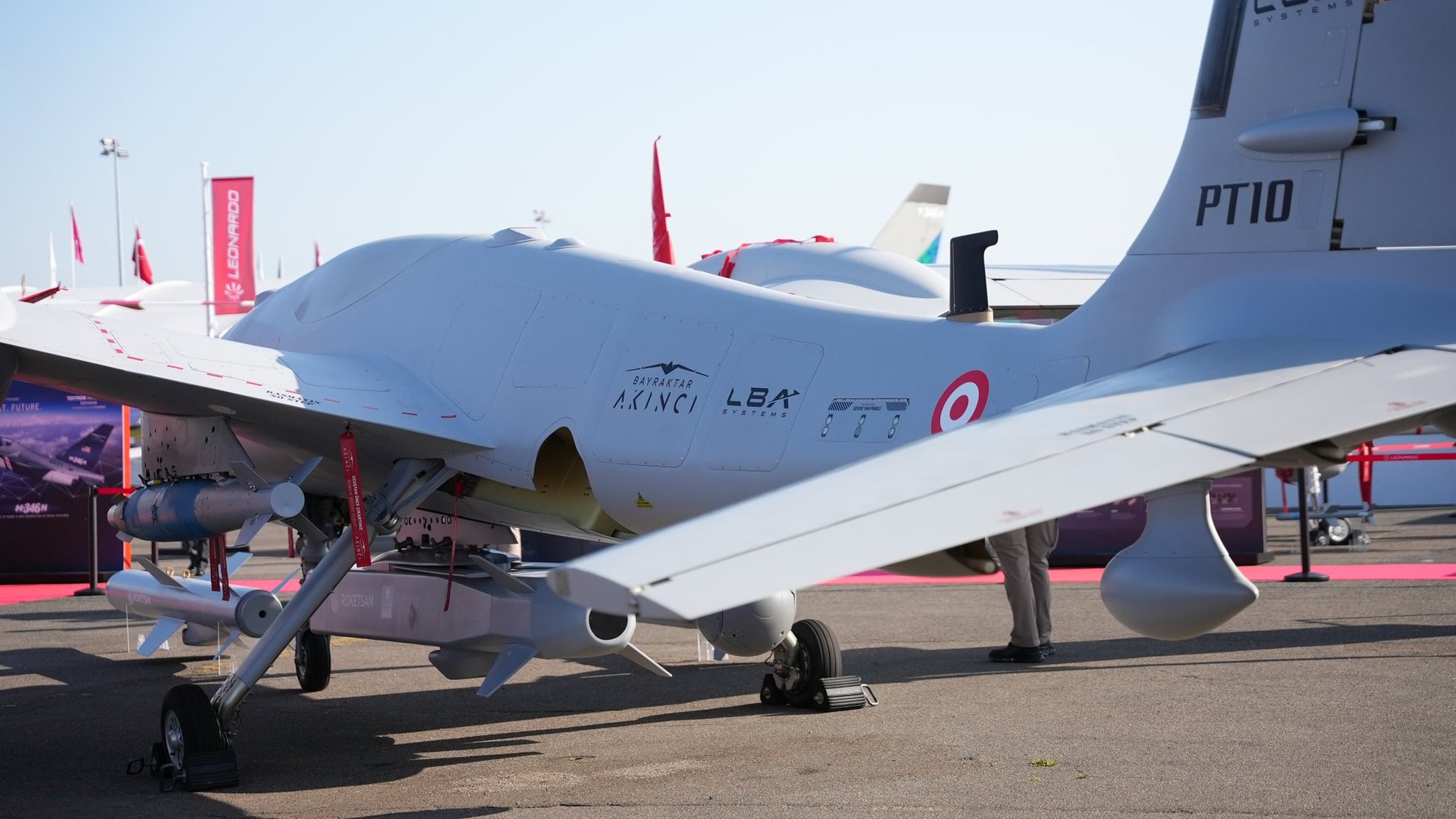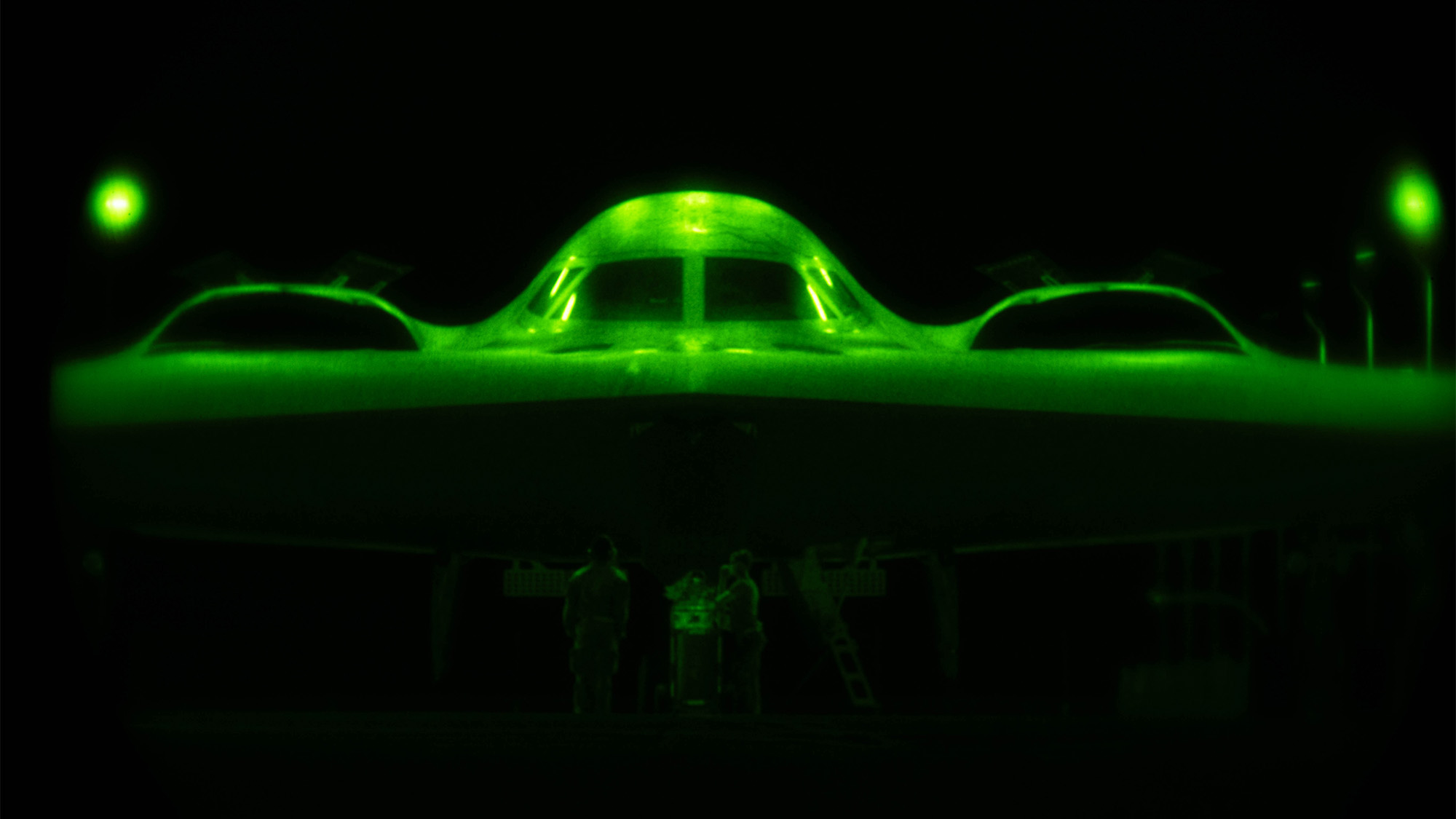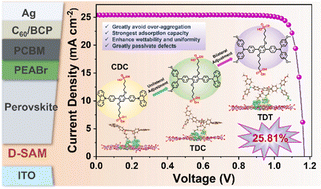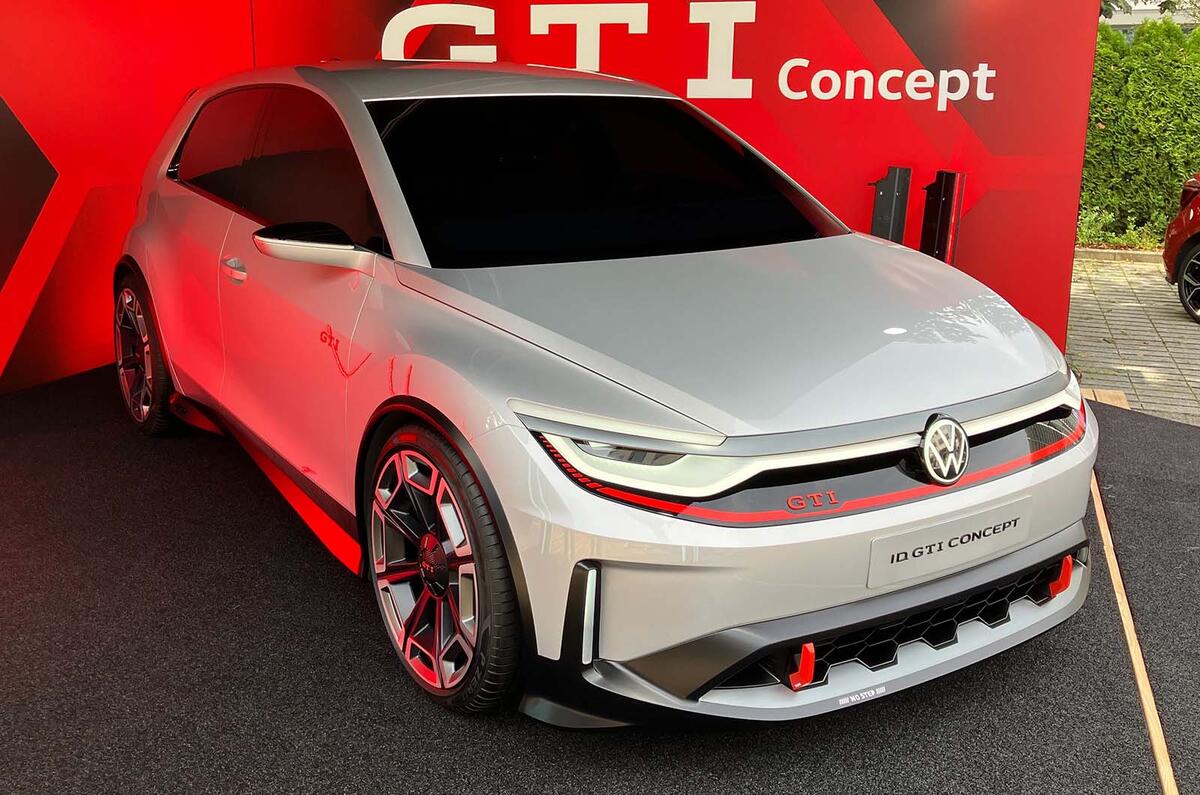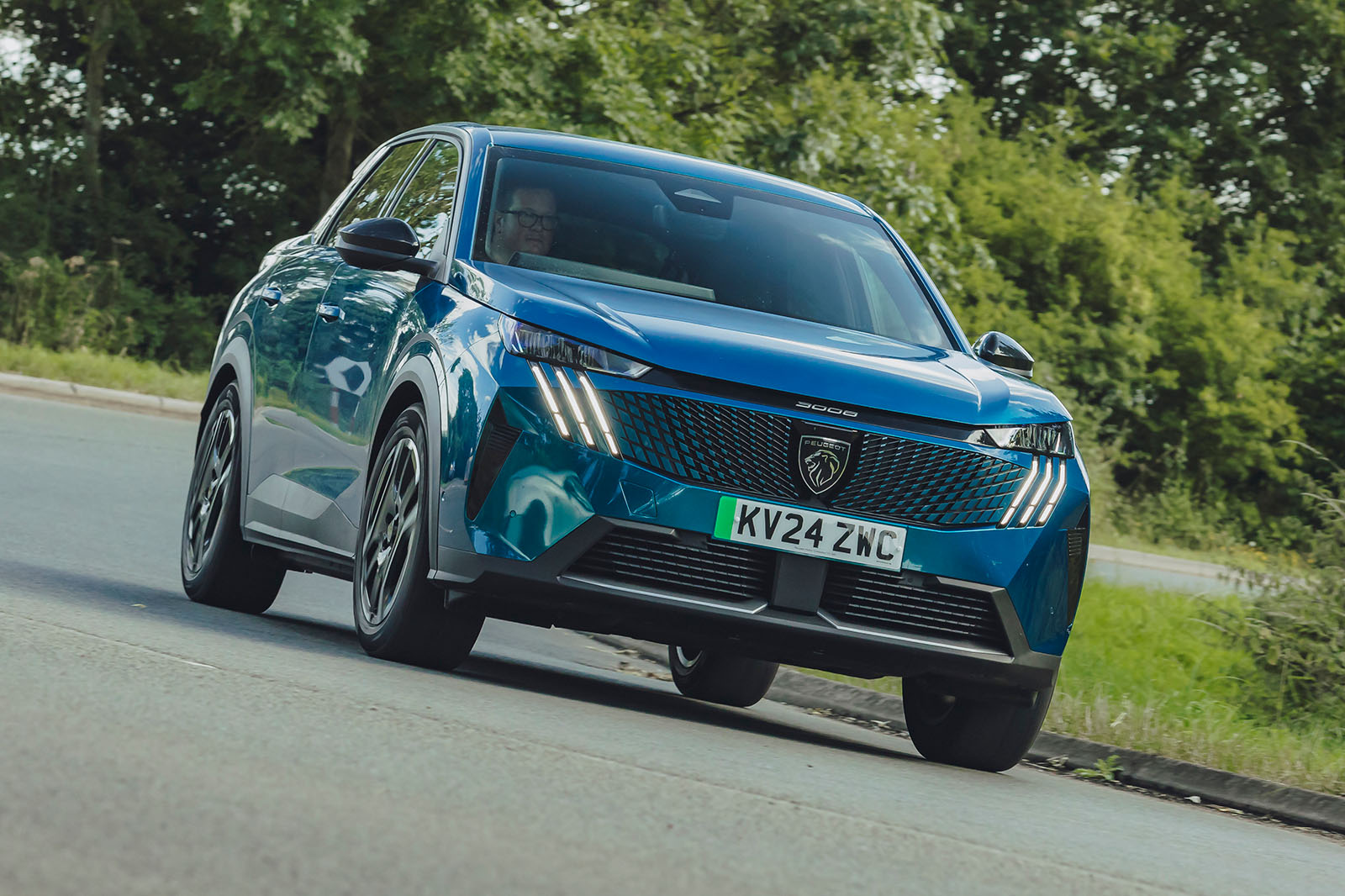How Rover's American dream turned sour
Rover gave up its American venture in the late 1990s, but its troubled efforts extend back further This is the finest luxury car and the best executed solution yet to the demands of the US luxury car market,” declared Norman Braman – and he should have known, as the magnate leading a successful dealership group that sold Cadillacs, Maseratis, Porsches, BMWs and even Rolls-Royces. The car in question? British Leyland’s prototypical XX of 1985 – later to emerge as the Rover 800 Series. As recently as 1982, Rover had left the US after two years of dreadful SD1 fastback sales – a repeat of the P6 saloon’s performance, fewer than 1500 having sold annually until Rover had given up in 1971. But the XX indeed seemed ideally formulated, combining the famed appeal of British style with the best aspects of Japanese cars, which were gobbling up ever larger portions of the US market, as a mechanical twin of Honda’s HX – later to be launched as the first-ever Acura model, the Legend. Those best aspects were production quality, reliability and refinement. “If we miss there,” Rover exports boss Peter Johnson told Autocar, “we are doomed to failure.” Rover’s sales target was 20,000, rising sharply to 40,000, through 100 dealers, targeting the east and west coasts. To give them the best chance, it elected to ditch its tainted brand name, testing 20 alternatives in customer clinics, of which Sterling was deemed best. When XX prototypes were sent to Chicago to woo prospective dealers, 850 were expected but 1100 showed up, among them representatives of Cadillac, BMW, Audi, Lincoln, Saab, Jaguar, Volvo and Mercedes – and they “spontaneously burst into applause” when the sheets came off. The public finally saw the Sterling 825 in late 1986, identical to Britain’s Rover 825 but for extra equipment and some modifications to satisfy federal emissions and safety rules. Enjoy full access to the complete Autocar archive at the magazineshop.com “With the possible exception of the Concorde, no machine so nicely put together has ever before come out of England,” declared American magazine Car and Driver in early 1987, and 4199 were sold in the first three months – right on target. However, the car sent to Road and Track mag suffered several issues, and soon a er the American Consumers’ Union published a damning report, identifying 15 faults, concerning the electric seat adjustment, door fitting, sunroof mechanism, courtesy light, cruise control and even the speedometer. “Our car betrayed a lack of quality control that would be a disgrace in a car costing one quarter as much,” the non-profit body railed. Rover responded angrily: “The car tested was one of the earliest to go to the US and many of the little niggling faults have already been put right.” And its US arm added: “We were disappointed by the tone of the review. We don’t understand some of their comments and they haven’t returned our calls. But we don’t think it will have an effect on sales. The publicity for the car has been overwhelmingly positive.” Wrong. By mid-1988, only 500-700 Sterlings were being sold monthly – attributed to misguided marketing but probably more likely due to the brand finishing bottom of the JD Power dealer satisfaction survey, some way behind even Yugo, while its sibling Acura was ranked top. This was mainly due to the cars' poor quality but also a public spat between Rover and its US arm that had led to Braman being bought out. Sales totals continued to plummet, despite a change of tack in Sterling’s marketing, and soon some dealers were having to offer $5000 ‘rebates’. By then, it was already on its third boss. Graham Morris’s job was to put it all right, and in December 1989 he claimed: “We now pay our warranty on time, our communication is a lot better, we deliver parts on time, we’re doing a lot more to support [dealers] with training and we’re offering them better products.” Sales had accordingly gone back up – but only to around 500 a month, less than 10% of the Legend’s, and come December 1990 an Orlando dealer told us he was selling just one car a month and thus losing money. “I’d be telling a lie if I said I wasn’t frustrated,” conceded Morris. “The company and the people deserve more than I’ve been able to do.” The US entering a recession was the final straw, and Rover gave up on America for the third time in August 1991, never again to return.
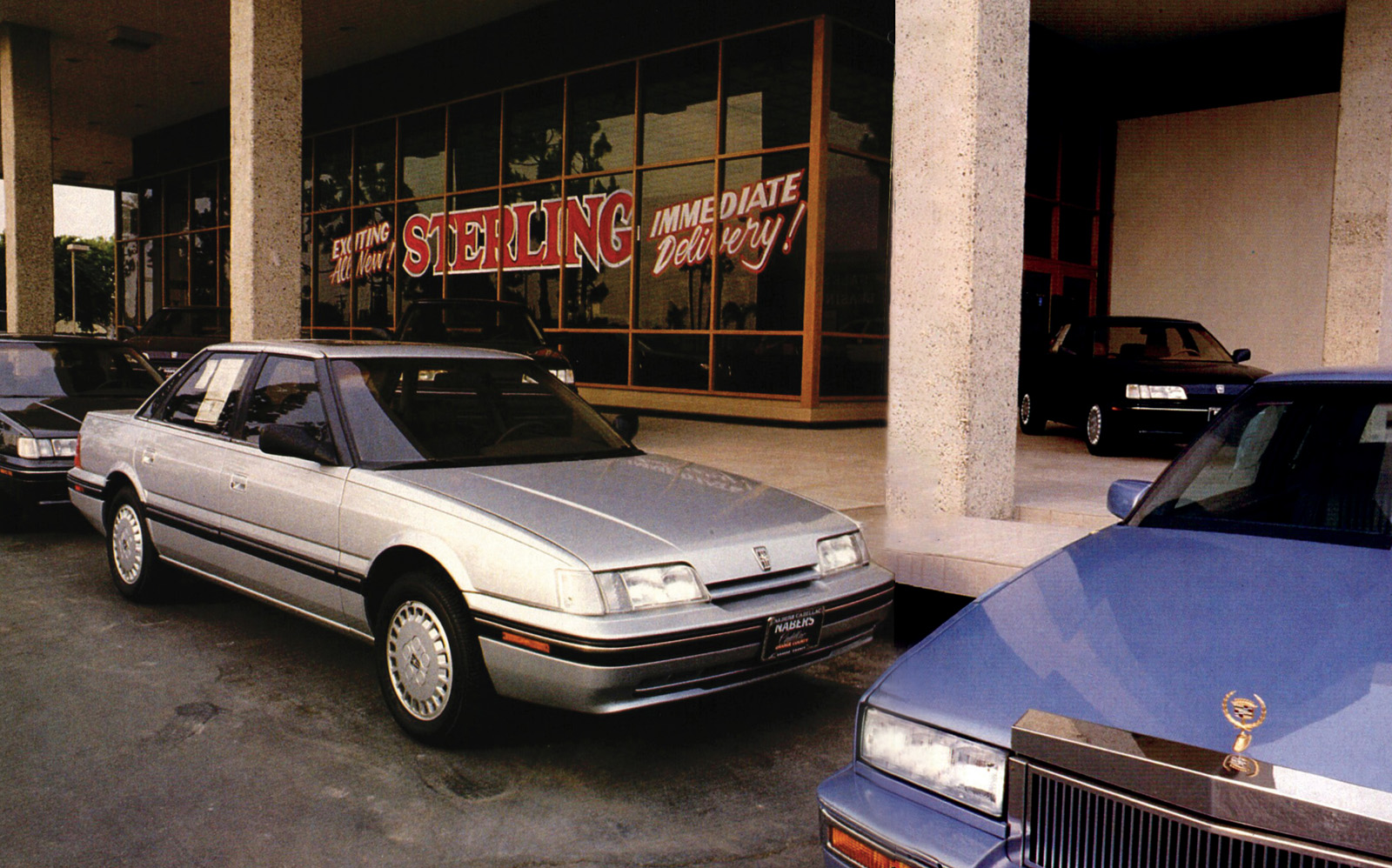
 Rover gave up its American venture in the late 1990s, but its troubled efforts extend back further
Rover gave up its American venture in the late 1990s, but its troubled efforts extend back further
This is the finest luxury car and the best executed solution yet to the demands of the US luxury car market,” declared Norman Braman – and he should have known, as the magnate leading a successful dealership group that sold Cadillacs, Maseratis, Porsches, BMWs and even Rolls-Royces.
The car in question? British Leyland’s prototypical XX of 1985 – later to emerge as the Rover 800 Series.
As recently as 1982, Rover had left the US after two years of dreadful SD1 fastback sales – a repeat of the P6 saloon’s performance, fewer than 1500 having sold annually until Rover had given up in 1971.
But the XX indeed seemed ideally formulated, combining the famed appeal of British style with the best aspects of Japanese cars, which were gobbling up ever larger portions of the US market, as a mechanical twin of Honda’s HX – later to be launched as the first-ever Acura model, the Legend.
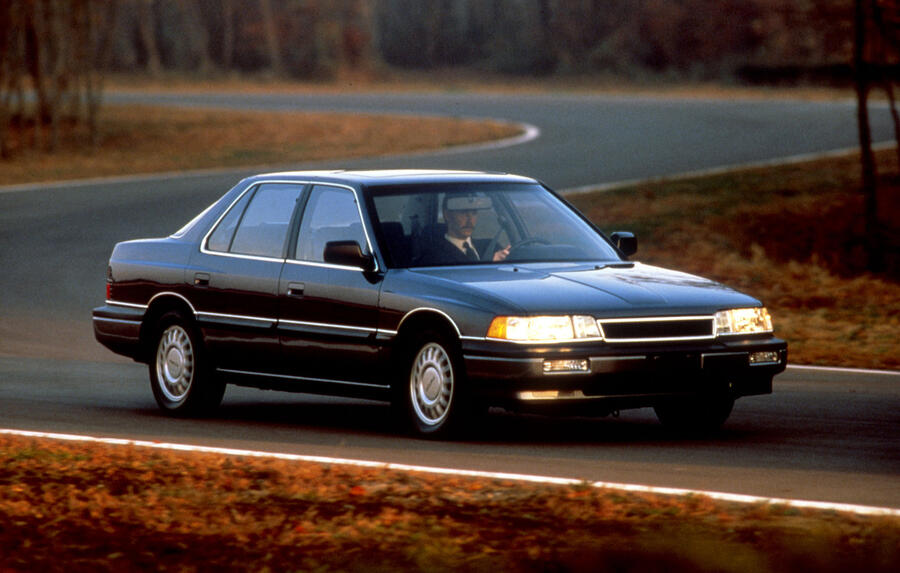
Those best aspects were production quality, reliability and refinement. “If we miss there,” Rover exports boss Peter Johnson told Autocar, “we are doomed to failure.” Rover’s sales target was 20,000, rising sharply to 40,000, through 100 dealers, targeting the east and west coasts.
To give them the best chance, it elected to ditch its tainted brand name, testing 20 alternatives in customer clinics, of which Sterling was deemed best.
When XX prototypes were sent to Chicago to woo prospective dealers, 850 were expected but 1100 showed up, among them representatives of Cadillac, BMW, Audi, Lincoln, Saab, Jaguar, Volvo and Mercedes – and they “spontaneously burst into applause” when the sheets came off.
The public finally saw the Sterling 825 in late 1986, identical to Britain’s Rover 825 but for extra equipment and some modifications to satisfy federal emissions and safety rules.
Enjoy full access to the complete Autocar archive at the magazineshop.com
“With the possible exception of the Concorde, no machine so nicely put together has ever before come out of England,” declared American magazine Car and Driver in early 1987, and 4199 were sold in the first three months – right on target.
However, the car sent to Road and Track mag suffered several issues, and soon a er the American Consumers’ Union published a damning report, identifying 15 faults, concerning the electric seat adjustment, door fitting, sunroof mechanism, courtesy light, cruise control and even the speedometer.
“Our car betrayed a lack of quality control that would be a disgrace in a car costing one quarter as much,” the non-profit body railed.
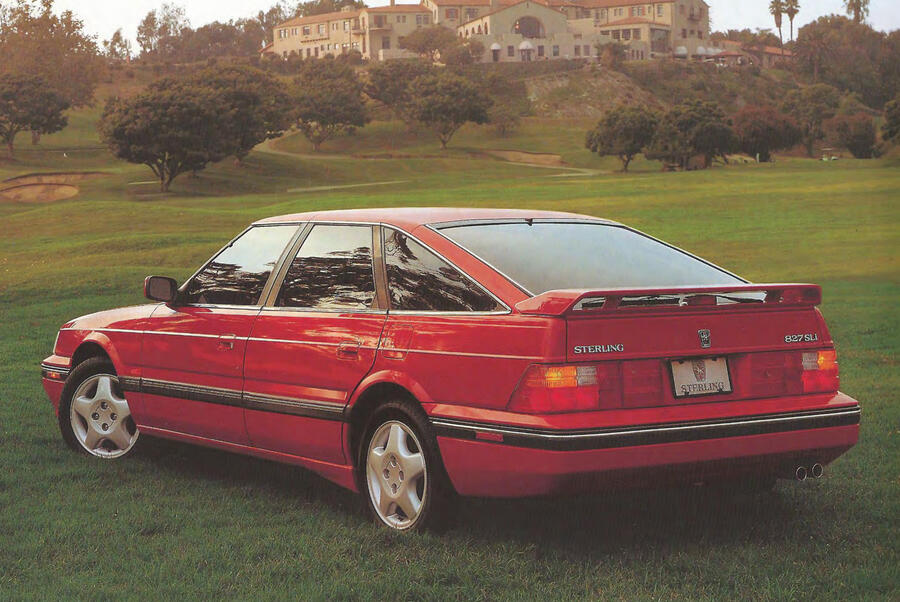
Rover responded angrily: “The car tested was one of the earliest to go to the US and many of the little niggling faults have already been put right.”
And its US arm added: “We were disappointed by the tone of the review. We don’t understand some of their comments and they haven’t returned our calls. But we don’t think it will have an effect on sales. The publicity for the car has been overwhelmingly positive.”
Wrong. By mid-1988, only 500-700 Sterlings were being sold monthly – attributed to misguided marketing but probably more likely due to the brand finishing bottom of the JD Power dealer satisfaction survey, some way behind even Yugo, while its sibling Acura was ranked top.
This was mainly due to the cars' poor quality but also a public spat between Rover and its US arm that had led to Braman being bought out.
Sales totals continued to plummet, despite a change of tack in Sterling’s marketing, and soon some dealers were having to offer $5000 ‘rebates’.
By then, it was already on its third boss. Graham Morris’s job was to put it all right, and in December 1989 he claimed: “We now pay our warranty on time, our communication is a lot better, we deliver parts on time, we’re doing a lot more to support [dealers] with training and we’re offering them better products.”
Sales had accordingly gone back up – but only to around 500 a month, less than 10% of the Legend’s, and come December 1990 an Orlando dealer told us he was selling just one car a month and thus losing money.
“I’d be telling a lie if I said I wasn’t frustrated,” conceded Morris. “The company and the people deserve more than I’ve been able to do.”
The US entering a recession was the final straw, and Rover gave up on America for the third time in August 1991, never again to return.











